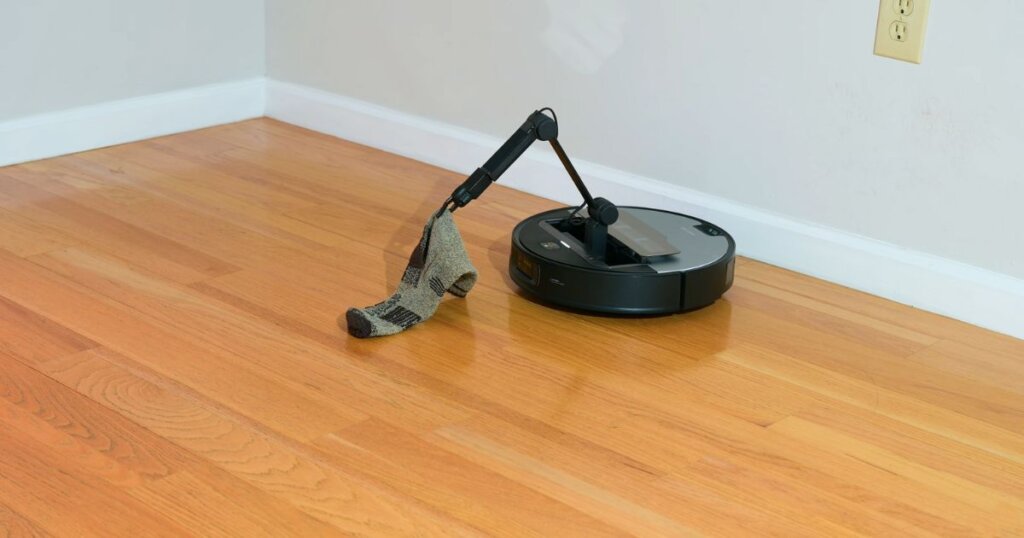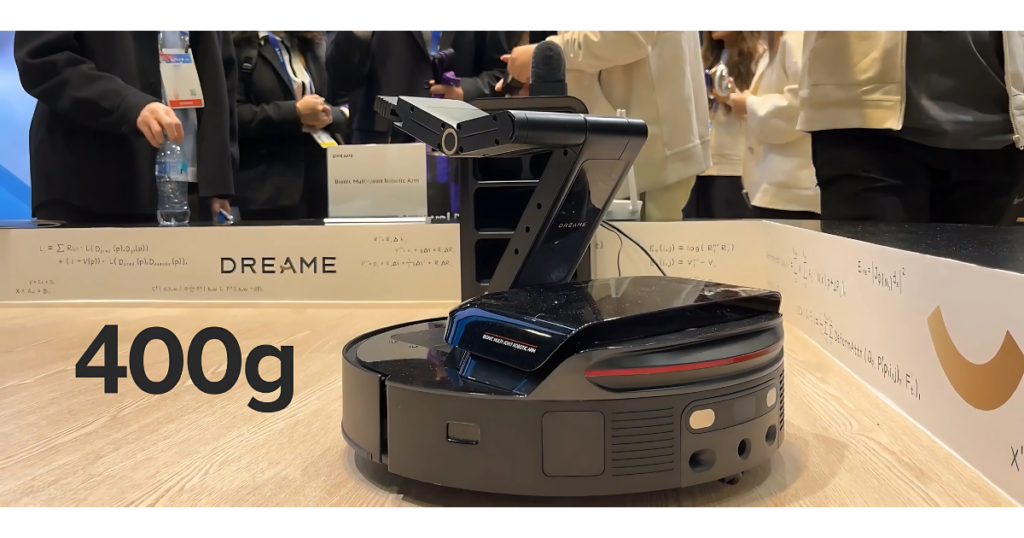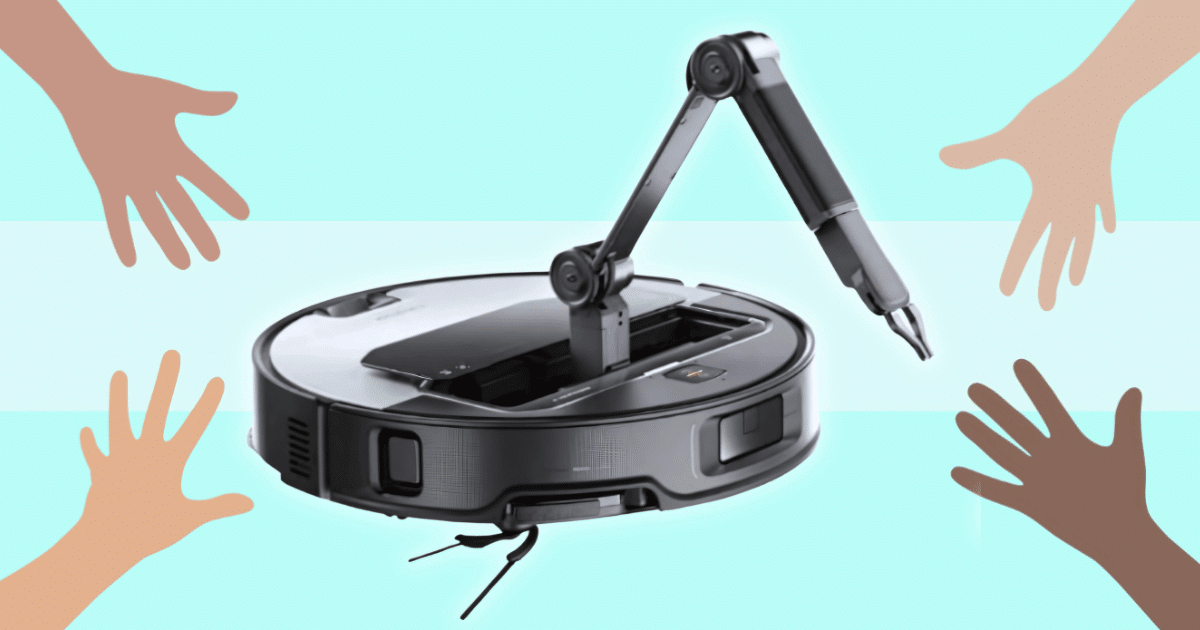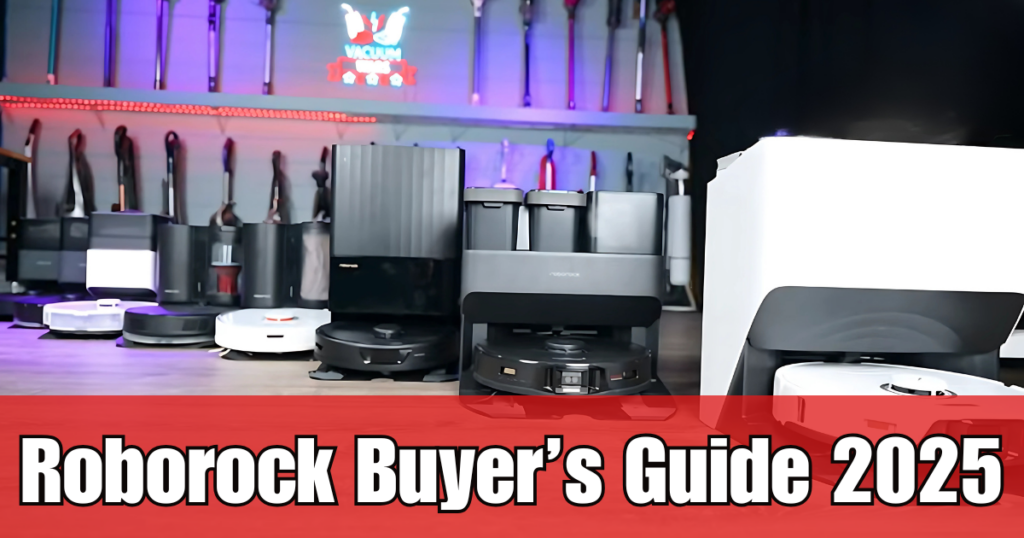Roborock, the leading robot vacuum maker by global market share, plans to bring a robot vacuum with an AI-powered arm to the mass market within the next five years.
The company, which reported a 79% revenue surge in the first half of 2025, has already launched the Saros Z70, a $2,600 robot vacuum equipped with a robotic arm capable of moving socks and small household objects. Roborock President Quan Gang told CNBC in an exclusive interview that future models could be priced in the “few hundred dollars” range, putting them within reach of mainstream buyers.
Why It Matters
Robot vacuums have long promised automation, but the need to pre-clean cluttered floors has remained a limitation. By introducing AI-powered arms, Roborock is aiming to solve one of the biggest consumer pain points: obstacle management.
According to CNBC, Quan sees this as essential to driving adoption. Penetration rates remain relatively low: only 5.6% of households in China and 22% in the U.S. currently own robot vacuums, according to Euromonitor estimates cited in the report.
Early Experiences with the Saros Z70
The Roborock Saros Z70, first unveiled at CES 2025, remains the only commercially available robot vacuum equipped with an AI-powered arm. Originally priced around $1,899, its cost rose after U.S. tariffs, pushing it further into the premium tier. At Vacuum Wars, the Z70 earned our Mid-2025 Most Innovative Robot Vacuum Award, but we noted that its high price limited its appeal for most buyers and recommended that those seeking value consider more traditional models, such as the Saros 10R.
Despite mixed reviews, the Z70 demonstrated what’s possible when robotic vacuums evolve from simple cleaners into multi-functional home robots.

Competitive and Market Landscape
The AI-arm concept isn’t unique to Roborock—Dreame also showed a similar demo at CES. However, Roborock is the only company to bring one to market at this time.

Industry analysts agree the real breakthrough will come when the technology is paired with mass-market pricing. “Robot vacuum cleaner companies should bridge cutting-edge technologies and mainstream price points to accelerate adoption,” Euromonitor analyst Jin Liu told CNBC.
Investment in AI and R&D
Roborock’s aggressive AI push is evident. The company has hired nearly 200 AI specialists in 2025 alone and operates a dedicated AI lab in Shanghai. Quan emphasized to CNBC that lowering the price of AI arms is more a challenge of algorithms and data than hardware, pointing to Roborock’s deep cleaning dataset as a long-term advantage.
Looking Beyond Vacuums
Quan also suggested that Roborock’s AI expertise could extend beyond floor care. “This robot may be Tesla’s, or Unitree’s, or someone else’s,” he told CNBC, “but in the area of cleaning, it will be inseparable from Roborock.”
That vision aligns with broader projections for the humanoid robot market, which Morgan Stanley estimates could reach $5 trillion globally by 2050. While full-fledged humanoids remain costly and limited in use, incremental steps, like AI-armed vacuums, could accelerate consumer comfort with home robotics.
Conclusion
As reported by CNBC, Roborock is positioning itself not just as a robot vacuum leader, but as a key player in the future of household robotics. By betting on AI-powered arms and pushing toward mass-market pricing, the company is attempting to remove one of the last barriers to fully automated cleaning. Whether this vision can be executed affordably remains to be seen, but if successful, it could redefine what consumers expect from robot vacuums in the years ahead.
Roborock Robot Vacuum Buyer’s Guide 2025
If you’re overwhelmed by Roborock’s sprawling lineup, you’re not alone. This guide distills the key differences among each series—Q, S, Qrevo, and Saros—so you can decide which features are worth paying extra for and which you can skip. From budget-friendly models to premium robots with cutting-edge capabilities, we’ll help you focus on the must-know points and find a Roborock that fits both your home and your wallet. See the Guide





